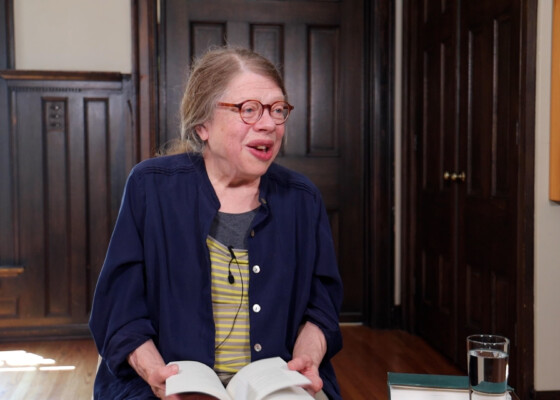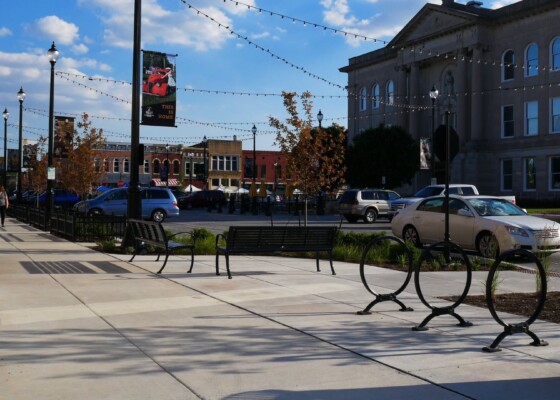Blurred Boundaries
December 16, 2010I have always been fascinated with photographs that are blurred, out of focus, exhibiting strange and ethereal qualities. I love photographs that look as if they could spark debate of…
I have always been fascinated with photographs that are blurred, out of focus, exhibiting strange and ethereal qualities. I love photographs that look as if they could spark debate of authenticity, accuracy, “proper” representation. Quotation marks find a welcome home when discussing such matters. It is an act of distancing, me saying…I will say “this” but I am not willing to fully back this “this,” so I have denoted it with quotations because you might otherwise question my authority, sanity, clarity on the matter. It is an inherent quality in the myth-making of photography.
Loch Ness Monster, UFOs, Big Foot, a living Elvis, spectral ancestors; they have all been caught on film and propelled into quick popular myth systems. Each of these myths are constructed from poorly taken or developed photographs. And there is a sense of nostalgia that has grown out of this photographic vernacular. There is a new painterly quality by which many are capturing their memories. They are adding timelessness by intentionally and awkwardly cropping, or defocusing, over or under exposing or blurring. They have embraced obsolete camera models, even if they are simply settings on an iphone app. Holga, Lomo, plastic, Polaroid, color crossing or pushing. The idea seems to be that to better capture the essence or spirit of the moment it is best to distort or add a layer of mystery to that moment. Or maybe more importantly, we are no longer concerned with the “truth” of a camera’s eye, and rather just try represent our lives as ones of mystery, magic, and a need for glasses. We have seen photographic representations of ourselves so many times, now we want to see ourselves as someone else. Maybe a ghost, a big foot, a lonely lake monster.
So then, why do we still rely on the biased accuracy of our news images? We have membership cards and allegiance pledges to various networks and glossy magazines. They often show us what we want to see, tell us what we want to hear, and sell us what they think we will think we need. We surf and thumb through the pictures and see a world that looks black and white, or rather within our spectrum of colors, the colors of the flag of whatever variation of nationalism we ascribe to, or whose borders surround us like a picket fence. Have we made time for blurry images in the news feed? Is there room for the ghosts of citizenship, the spirits of diplomatic gray areas, the blurred boundaries, a myth system that speaks to a world of those caught between here and there? What if our news images carried the same shattered authority that we strive for in our magical snapshots and artistic self-representations? Would the division between our own lives and the lives of the global political stage seem more compatible, sympathetic and problematic?
That brings me to the art of Burak Arikan. Based in New York and Istanbul, Arikan’s work examines systems and environments through a variety of mediums as they relate economics, politics and culture. In his series “Bored-er” he utilizes a digital camera to take close up photographs of a computer screen displaying various countries’ flags. This process creates Rothko-esque blurred representations (art) of representations (image) of fabric representations (flag) of political representations (people). Arikan illustrates through his art what he describes as “the problem of having physically distinct but politically blurry borders between nations.”
The flags melt into a pool of color yet still magically retain the essence of the flag’s design and color. As I identify the flags I am forced to reflect on my pooled brain mess of a mental picture of this country, its people, its boundaries and its role in the global community. I am challenged as I begin to unearth some isolationist tendencies through my ignorance of this countries real presence. It is now a ghost and as a ghost even more tangible, present and haunting than a solid block of color on a map or writhing for attention on a flagpole. Arikan’s blurred images are not only aesthetically pleasing but politically challenging as they capture the presence of others and reflect the strikingly obvious resemblance to ourselves.
This post was written by Michael Kaufmann, programming director at the Indiana Humanities Council.


